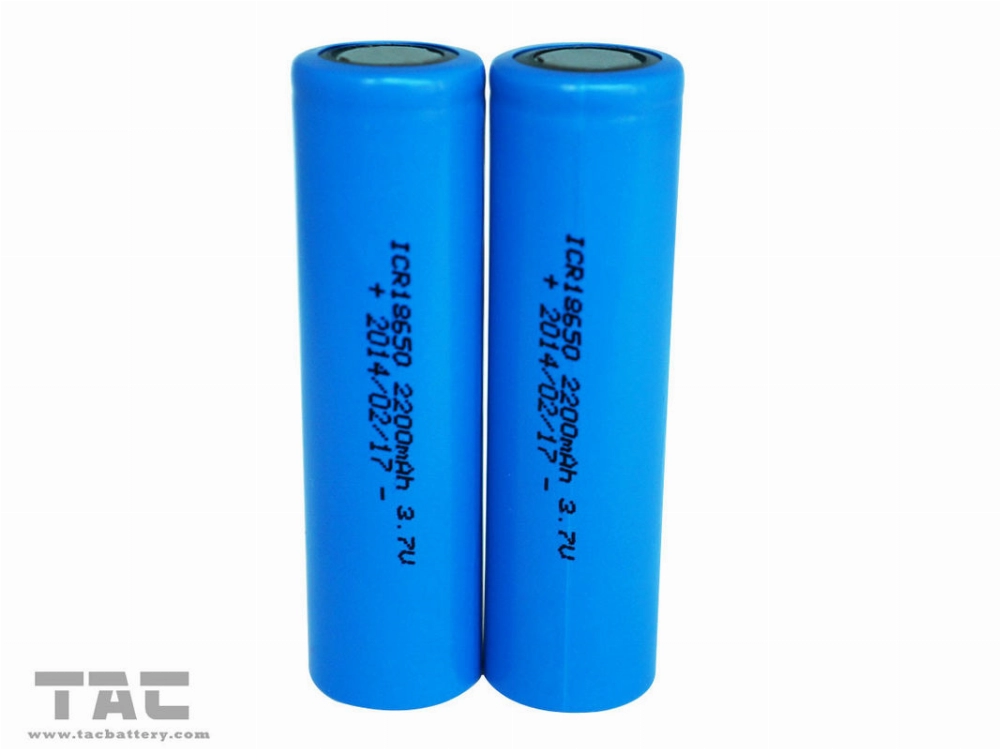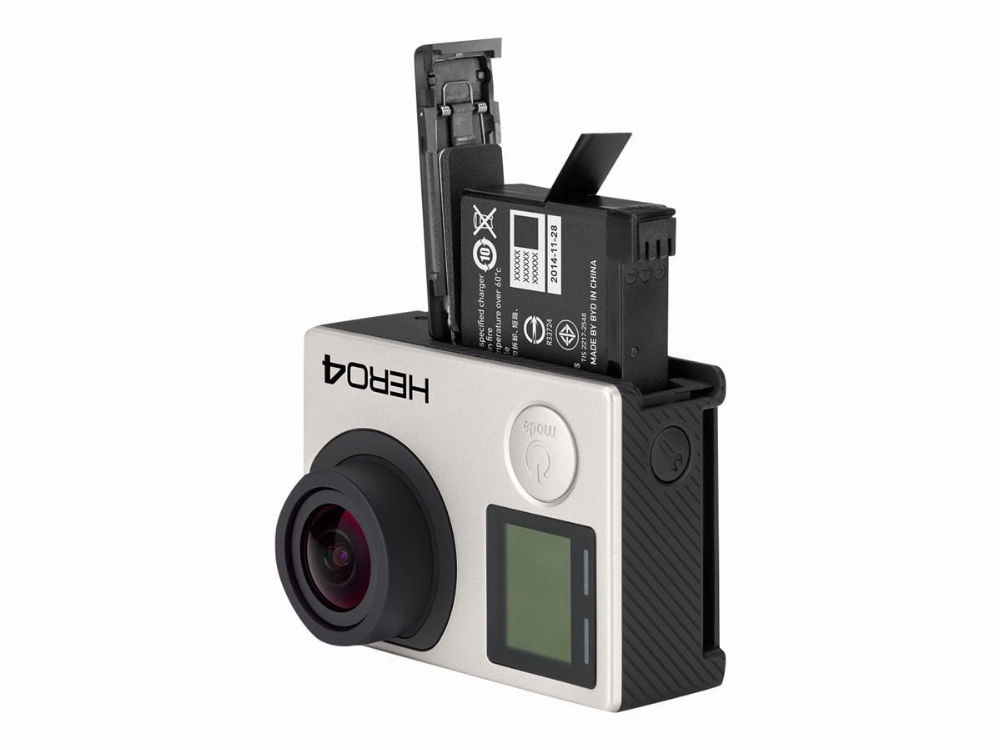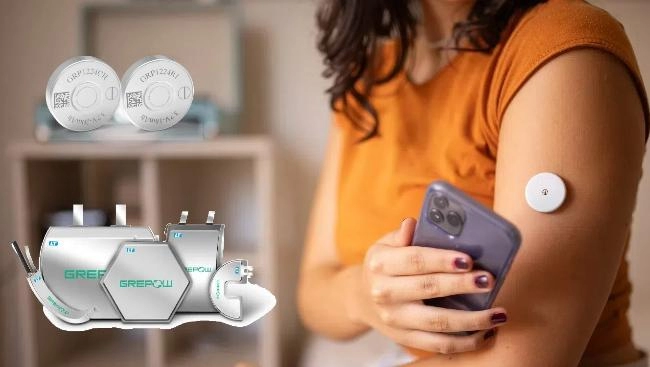Part 1: What is a 3.7V 18650 Battery?
A 3.7V 18650 battery is a rechargeable lithium-ion battery with a nominal voltage of 3.7 volts. The name ‘18650’ refers to its dimensions: 18mm in diameter and 65mm in length. These batteries are commonly found in various devices, such as laptops, flashlights, and power tools, offering both a compact size and high energy density.
The 3.7V rating indicates the battery’s average output voltage during discharge, providing a stable power supply. These batteries have a capacity ranging from approximately 1500mAh to over 3000mAh, catering to various energy needs.
Part 2: Understanding 18650 Battery Voltage
The voltage of an 18650 battery is a crucial parameter to consider. The following are the key voltage levels for a single 18650 lithium-ion battery:
1. Nominal Voltage (Working Voltage)
The nominal voltage is the core value for an 18650 battery, typically measured at 3.7V. This is equivalent to the voltage of three Ni-Cd or Ni-MH batteries connected in series. Some manufacturers design their 18650 batteries to operate at 3.6V.
2. Charge Limit Voltage (Maximum Charging Voltage)
The maximum charging voltage for an 18650 battery is 4.2V. During charging, the voltage gradually increases from 3.7V to 4.2V, indicating that the battery is fully charged. Exceeding 4.2V can lead to overcharging, which can cause significant damage to the battery.
3. Discharge Termination Voltage (Minimum Voltage)
The minimum discharge voltage for an 18650 battery is 2.75V. Once the battery voltage reaches this level, further discharge is not recommended. Discharging beyond this limit leads to over-discharge, potentially damaging the battery’s internal structure and irreversibly shortening its lifespan.
Overcharging and over-discharging can severely damage 18650 batteries. To prevent this, most 18650 batteries are equipped with a protection circuit (PCB) to automatically cut off the power when the voltage reaches the upper or lower limit.
Part 3: 18650 Battery Voltage Curve
The voltage curve for a Panasonic 2550mAh lithium-ion battery (using lithium cobalt oxide as the cathode material) illustrates the voltage and capacity changes at various discharge currents. The three curves from top to bottom represent the battery’s performance at different discharge currents.
During charging and discharging cycles, the voltage constantly changes. For example, at a discharge current of 490mA, the open-circuit voltage of a fully charged battery starts at 4.2V. As the battery discharges, the voltage gradually decreases, while the capacity increases (represented on the horizontal axis). When the voltage drops below 3.5V, it begins to drop sharply. Throughout the discharge process, the average voltage (approximately 3.7V) is considered the nominal voltage.
This value is measured under low current and room temperature conditions. As the discharge current increases or the temperature decreases, the voltage will drop.
The electrode material is another important factor affecting the battery voltage. Panasonic batteries use lithium cobalt oxide and graphite, which has become the standard in the lithium battery industry. However, with the introduction of new materials, some modern 18650 batteries operate at 3.6V or 3.8V, improving energy density (i.e., the amount of energy stored per unit weight and volume).
For more information on different types of lithium batteries and their applications, you can browse this comprehensive buying guide for lithium battery solutions.
Part 4: 3.7V 18650 Batteries in Series
Part 5: Chemical Composition of 3.7V 18650 Batteries
- LiCoO2 (Lithium Cobalt Oxide): Known for its high energy density, LiCoO2 is commonly used in devices prioritizing compact size and high performance, such as smartphones, laptops.
- LiFePO4 (Lithium Iron Phosphate): LiFePO4 is preferred for its safety, long lifespan, and excellent thermal stability. It is an ideal choice for applications requiring long-term reliable performance, such as electric vehicles, power tools.
- NMC (Nickel Manganese Cobalt): NMC offers a balanced combination of energy density, cost, and safety, making it a popular choice for electric vehicles, energy storage systems.
Part 6: How to Choose the Right 3.7V 18650 Battery Charger
Choosing the right charger for your 3.7V 18650 batteries is crucial for maintaining performance and extending their lifespan. Here are key factors to consider:
- Chemistry Compatibility: Ensure the charger is compatible with the battery’s chemistry—whether it’s LiCoO2, LiFePO4, or NMC—as each chemistry has a specific charging profile.
- Voltage and Current Output: The charger must output 4.2V and provide an appropriate rated current (typically between 0.5C and 1C) to prevent overcharging and avoid damaging the battery.
- Safety Features: Look for chargers that offer overcharge protection, short circuit protection, and temperature monitoring to enhance safety during the charging process.
- Charging Speed: If fast charging is not essential, opt for a slower charger. Fast charging generates more heat, potentially reducing battery life with frequent use.
- Compatibility: Ensure the charger is compatible with the size and capacity of your 18650 batteries. Some chargers support multiple battery sizes and chemistries, offering greater flexibility.
Part 7: Alternatives to 3.7V 18650 Batteries
If you need to replace a 3.7V 18650 battery, here are some common alternatives:
- Other Lithium-Ion Batteries: Many devices that use 18650 batteries can also use other lithium-ion batteries with similar voltage ratings (nominally 3.7V). However, be sure to match the capacity (mAh) and discharge rate (C-rating) for proper performance.
- LiFePO4 Batteries: LiFePO4 batteries, often used in high-performance applications, are a viable alternative, especially where thermal stability and safety are more important than high energy density.
- 18650 Lithium-Ion Batteries with Higher Capacity: Upgrading to an 18650 battery with a higher mAh rating can provide longer run times if supported by your device. Ensure the battery is within the required voltage range and meets the device’s power needs.
- Other Lithium-Based Batteries: While not always direct replacements, some lithium-ion or lithium polymer (LiPo) batteries may meet the form factor and voltage requirements of certain devices. However, modifications or adapters may be required for proper use.
Part 8: Differences Between 3.6V and 3.7V 18650 Batteries
The following is a quick comparison of the similarities and differences between 3.6V and 3.7V 18650 batteries:
3.6V vs 3.7V 18650 Batteries: Key Comparisons
Similarities:
Both 3.6V and 3.7V 18650 batteries are variations of the standard 18650 lithium-ion battery, sharing these key characteristics:
- Physical Dimensions: Identical size and cylindrical design, making them interchangeable in most devices.
- Rechargeable Technology: Both are rechargeable and commonly used in various portable electronic devices.
- Lithium-Ion Chemistry: Both utilize lithium-ion technology, ensuring a reliable and efficient power supply.
Differences:
1. Nominal Voltage:
- 3.6V 18650 Battery: Nominal voltage of 3.6 volts.
- 3.7V 18650 Battery: Nominal voltage of 3.7 volts, slightly higher than the 3.6V version.
2. Performance:
- Energy Density and Capacity: The 3.7V battery may offer slightly higher energy density and capacity, potentially extending device runtime and improving overall performance.
- Power Output: The 3.7V version can deliver a higher power output, making it suitable for high-power applications.
3. Compatibility:
- Both battery types are compatible with a wide range of devices and applications. However, the 3.7V variant is more suitable for devices requiring higher voltage or greater power output.
4. Voltage Fluctuation:
- Actual voltage output can vary due to factors like charge level, temperature, and load. Despite the nominal voltage difference, both exhibit similar voltage fluctuations during operation.
5. Usage:
- The choice between the two depends on the specific requirements of the device. The choice between a 3.6V or 3.7V battery depends on the application’s required performance and efficiency.
- Both batteries are reliable power sources, widely used in portable electronics, power tools, and more.
While 3.6V and 3.7V 18650 batteries share many similarities in design and usage, the main differences lie in nominal voltage and potential performance, making them better suited for specific applications.
Part 9: 2600mAh 3.7V Rechargeable 18650 Battery
The 2600mAh 3.7V Rechargeable 18650 Battery strikes a perfect balance between size and capacity. With a total energy output of 9.6Wh, it’s well-suited for a variety of everyday devices like e-cigarettes, flashlights, and power banks. Manufactured by reputable brands such as Samsung, LG, and Ufine, this compact battery is durable, retaining over 80% of its capacity after 500 charge and discharge cycles, providing reliable power for extended periods.
Part 10: 2200mAh 3.7V 18650 Battery
The 2200mAh 3.7V 18650 Battery is a more compact alternative to the 2600mAh version. Despite its 8.1Wh energy, it excels in compact devices where space is at a premium. This battery is often found in devices like wireless earbuds or wearable electronics, providing reliable power while maintaining its slim, cylindrical profile.
Okay, I understand. I’m ready to receive the <SOURCE_TEXT>, <TRANSLATION>, and <EXPERT_SUGGESTIONS> tags. I will then provide the edited translation, taking into account all the suggestions and adhering to the specified guidelines.








